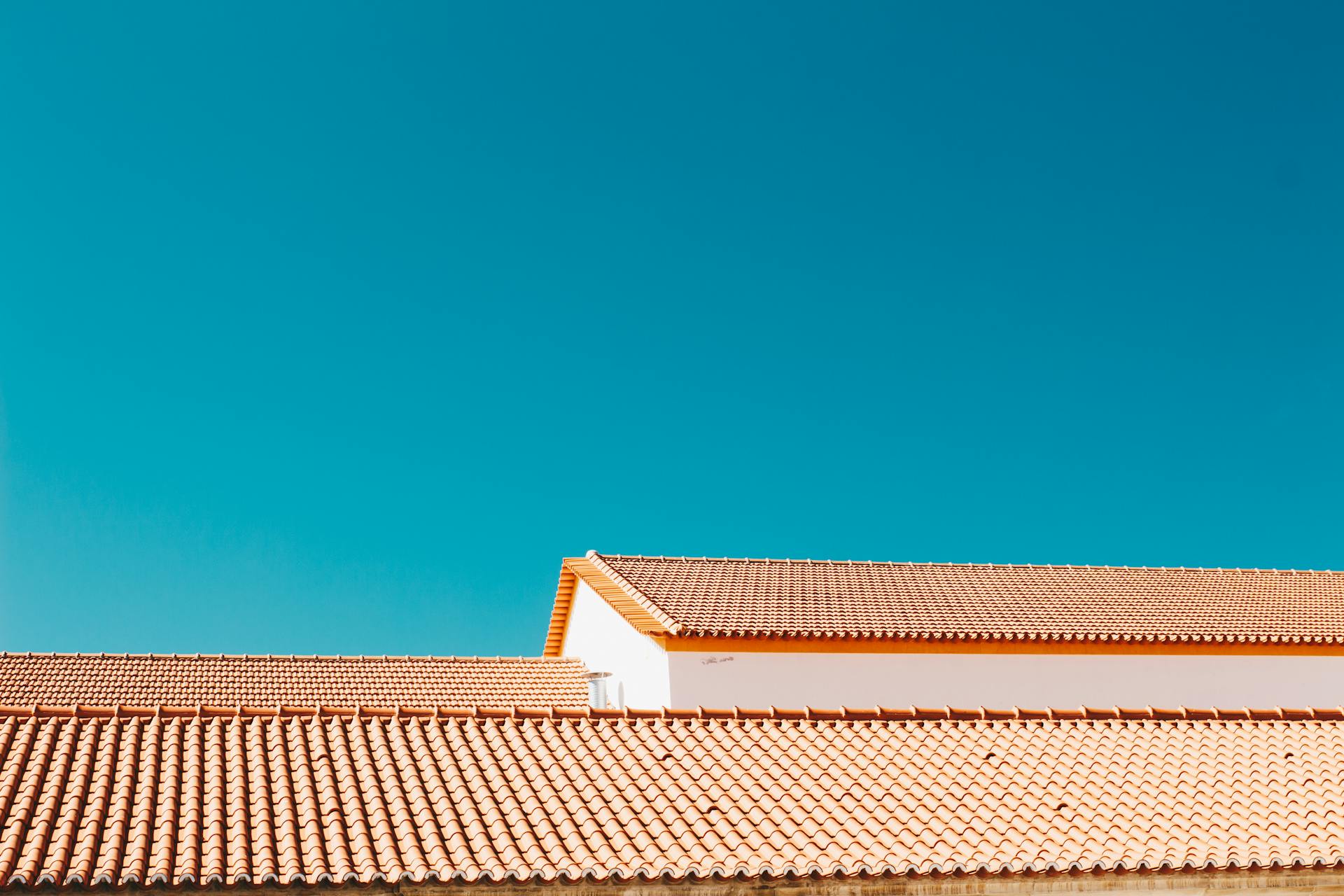Switching from traditional roofs to flat roof options significantly changes your home’s aesthetics and functionality. While the perceived cost-saving benefits of flat roofs are enticing, you should approach this transition knowing its unique considerations and challenges. For instance, flat roofs are not entirely flat, which means homeowners should install special drainage systems to prevent water pooling. Understanding such and more aspects is crucial for homeowners considering the transition. Below are a few top things to know before installing flat roofs.
Understand the Basics
The most important consideration for homeowners is differentiating flat roofs from other types. Pitched options have the characteristic steep slope. This is meant to allow water to flow naturally. On the other hand, flat roofs have a minimal incline that only facilitates proper drainage.
However, note that the term flat might be misleading. Even though they appear flat, they have a slight slope to facilitate surface runoff. Without this feature, water can pool, leading to leaks and possible structural damage.
Flat roof construction varies from pitched options. Pitched options typically have rafters that support a layer of sheathing and roofing materials, while flat roofs have a simple structure of beams that support horizontal decking. This streamlined design allows for easy installation and maintenance.
Be Keen on Material Selection
Choosing the right material is crucial when switching to flat roofs. This is because materials directly affect its performance and durability. Homeowners can choose from the following options:
- Built-up options: Built-up options are a popular option for flat roofs. They consist of multiple alternating fiberglass and bitumen layers and are perfect for homes in regions with extreme weather conditions.
- Modified bitumen materials: These roofs combine asphalt with plastic or rubber. This enhances its flexibility and weather resistance. These roofs are great for residential and commercial properties.
- PVC and TPO options: These roofs are known for their energy efficiency and ease of installation. These light membranes are glued together to create a watertight barrier. They also offer great reflectivity, reducing energy consumption and cooking costs.
Homeowners should consider various factors when choosing roofing materials. Important issues like climate and maintenance requirements should be prioritized. They should also consult professionals who can recommend appropriate materials for their properties.
Hire the Right Contractor
Hiring experienced professionals is important when switching to flat roofs. The expertise and quality of the contractor significantly affect the success and longevity of the roof. That said, homeowners looking for these services should research extensively. They should start by inquiring about local roofing companies, reading reviews, or asking friends and neighbors for recommendations.
The most important qualification is how experienced the contractor is in installing these roofs. A successful installation requires specialized skills that not all roofers possess. Ask the potential contractor about their previous projects, especially those similar in complexity to your project. Seasoned ACME roofing contractors can also assess your needs and recommend the best materials and techniques.
Similarly, you should compare estimates from different contractors. Their quotes should include detailed information on their services, labor costs, and timelines. Review this carefully to ensure everything is captured before signing off the contract.
Weather Considerations
Weather significantly influences the performance and durability of flat roofs. Homeowners should evaluate their region’s climatic factors before changing their roofing systems. Rainfall and drainage are two crucial elements to keep in mind. These roofing options are more prone to leakages than sloped roofs.
Proper drainage is crucial for preventing water pooling and leaks. Homeowners living in areas with heavy rainfall should invest in reliable drainage solutions to avoid these issues. The systems should also be maintained regularly to prevent blockages and clogs that impede smooth water flow.
Snow load is the other common issue. Flat roofs don’t benefit from gravitational effects like pitched roofs. This means snow can easily accumulate. Accumulating snow exerts a lot of weight, making it necessary to install structural reinforcements that prevent roof collapse. Homeowners should consult structural engineers to asses possible snow load the roof can handle. This allows them to implement appropriate measures to mitigate risks.
Homeowners should also be wary of severe weather events. Unlike pitched or sloping options, flat roofs are very vulnerable to harsh weather conditions. Since harsh weather events can’t be stopped, reinforcing flat roofs is the best mitigation strategy. Using impact-resistant materials also minimizes the risk of projectile damage during a storm.
Evaluate Your Home’s Structural Integrity
Switching to flat roofs also requires homeowners to evaluate their home’s structural integrity. Unlike pitched roofs, which distribute weight evenly, forces on flat roofs are concentrated in specific areas. This means there should be a robust structural support that withstands additional load.
That said, homeowners should engage professionals for assessment before implementing the project. Architects and structural engineers should evaluate how much the existing structure can support. These experts consider factors like load-bearing capacity. Doing this helps identify structural deficiencies and appropriate solutions to improve the roof’s stability.
Compliance with local building codes is also essential when switching to flat roofs. Building codes typically dictate the minimum standards for structural designs and construction methods. This is done to ensure the safety and integrity of buildings. Homeowners should obtain the necessary permits and adhere to code requirements during the transition.
That aside, homeowners should regularly inspect their homes after the flat roof has been installed. This should be done to monitor the structural condition of the roof and the entire building. It also helps identify and address signs of deterioration promptly. Unevenness of the roof structure, sagging, and cracks or shifting of the load-bearing walls are common signs of an impending issue.
Endnote
Installing a flat roof is an exciting project, especially because they are trending. Homeowners like them because of their modern appeal, versatility, and cost-saving benefits. However, homeowners should approach this caution and thorough planning. Knowing the basics and choosing the right material are crucial first steps. They should also work with reputable professionals for a successful transition.

